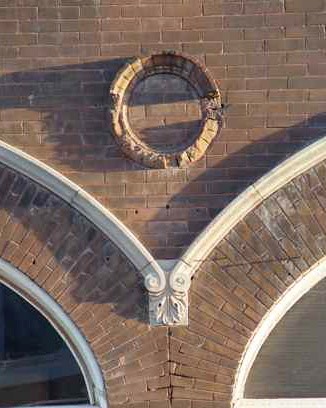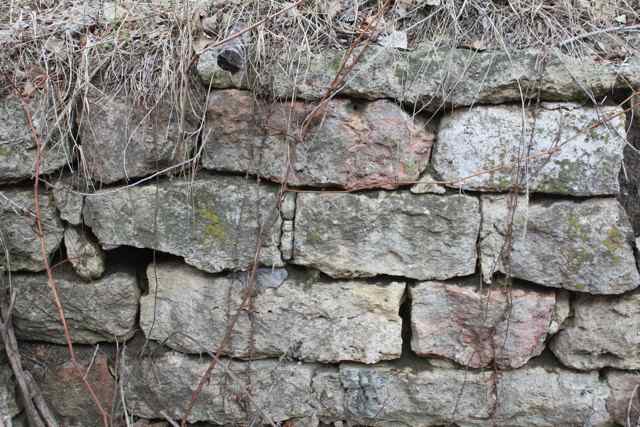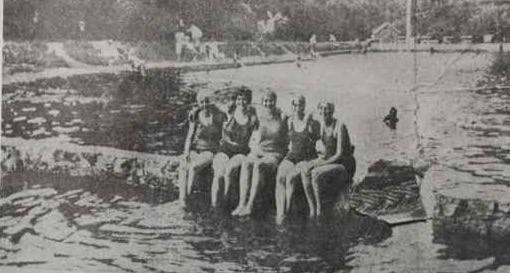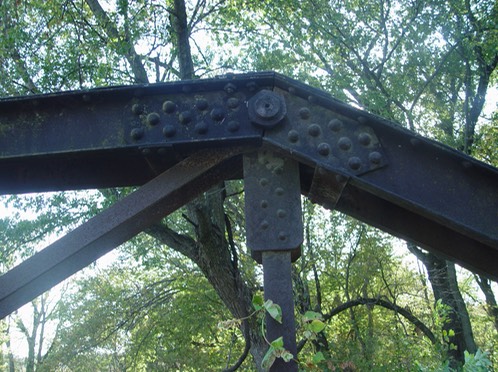We offer the following services in Architectural History and History:
Reconnaissance Level Survey

Reconnaissance level surveys are preliminary evaluations of a resource's potential for historic significance. Reconnaissance surveys are surveys that use documents including plat maps, county assessor’s information, general local research, as well as brief physical examination to determine which properties potentially meet the criteria for significance for listing on the National Register of Historic Places. These criteria include (A) a property’s relationship with local, state, or national history; (B) a property’s association with a historically significant individual; (C) a property’s outstanding architectural style and construction; and (D) a property’s potential for providing information important to understanding prehistory or history.
The reconnaissance level survey relies primarily on a visual assessment of an extant structure or building. However, a review of existing documents on file at the Iowa State Historic Preservation Office (SHPO) and a brief review of historic documentation is completed to complement the visual evaluation in an attempt to reveal known and potential contextual history that may contribute to the resource’s significance. It should be noted that the reconnaissance level survey provides a general overview of a resource’s potential for historic eligibility, not an in-depth account of its history. This level of investigation offers a preliminary assessment of a property's significance. It is often used as a first step in examining large areas containing many resources when more intensive survey is not efficient or cost effective.
Intensive Level Survey

For resources determined to have potential for National Register listing, an Intensive Level Historical and Architectural Survey and Evaluation is often completed to develop a more thorough picture of the resource’s significance. As the name implies, the survey involves a more complete evaluation of the property. In-depth historic research is conducted to document the resource’s physical evolution, creating a historic context within which the resource draws its significance, and locating supporting documentation (e.g., photographs and floor plans). Research also commonly includes referencing historic maps, historic images, newspaper accounts, city directories, personal interviews, and miscellaneous local sources. Broader, contextual research is also included involving references to larger works addressing the area of association (state, county, and city/town history). Following the work of the intensive survey, a more complete version of the Iowa Site Inventory Form is submitted as a supplement to the previous inventory. The inventory form seeks to make a thorough case for or against National Register eligibility and provides all available data to substantiate the finding.

Historic Documentation and Recordation
Wapsi Valley Archaeology, Inc. completes historic documentation, recordation, and research publications for evaluation and mitigation of adverse effects to cultural resources. Documentation projects are undertaken prior to disturbance or removal of significant properties. We develop informative publications about historic and prehistoric resources to tell the story of a region’s history. Each publication has a distinct theme and is illustrated with historic and modern photographs, maps, and other graphics. The books help fulfill Section 106 requirements and can also be used as marketing and economic development tools.

National Register Nominations
In the United States, properties that are considered to be of historical importance can be listed on the National Register of Historic Places. Wapsi Valley Archaeology, Inc. prepares the forms and attends the necessary state-level meetings to nominate individual resources and historic districts for placement on the National Register of Historic Places. National Register nomination must include sufficient documentation to make the case for the resource’s significance and integrity.